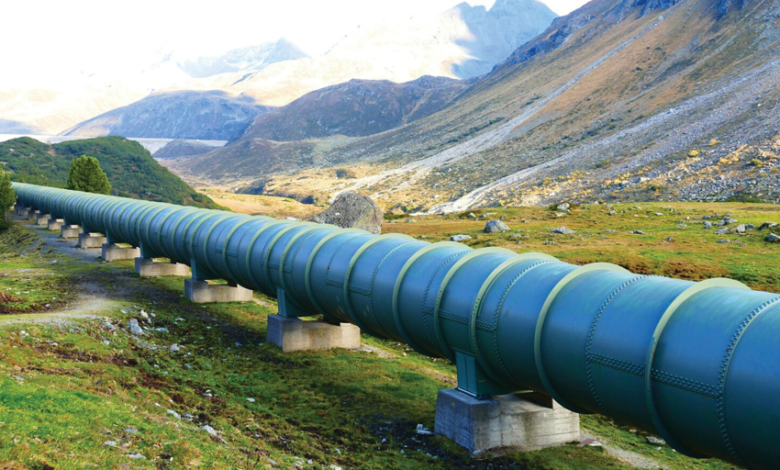Fit for 55: Hydrogen and decarbonised gas position agreed

EU member states agreed in March 2023 on the European Council’s position on the proposed hydrogen and decarbonised gas market package, with a market shift targeted whereby renewable and low-carbon gases would account for two-thirds of gas usage by 2050.
The agreement was reached as the EU progresses towards its Fit for 55 goals, with the cutting of EU greenhouse gas emissions by 55 per cent the ultimate goal. Following the European Commission’s proposal of a review of EU gas market design as part of these reforms, the hydrogen and gas market package was devised to revise the gas regulation and directive of 2009 and the security of gas supply regulation of 2017.
Member states agreed the Council’s position for negotiations with the European Parliament in March 2023. With renewable and low-carbon gases currently making up 5 per cent of European gas storage, the agreed proposals aim to increase that proportion to 66 per cent by 2050. These renewable gases will come from either organic sources such as biogas or biomethane, or non-biological (using electricity) renewable sources such as hydrogen and synthetic methane. The low-carbon gases produced will not come from renewable sources but will produce “at least 70 per cent less” greenhouse gas emissions than fossil natural gas across their full lifecycle.
These new rules are aimed at enabling four major EU policy goals under the Fit for 55 principles:
1. Creating a market for hydrogen. The EU aims to have 40 gigawatts of renewable hydrogen electrolyser capacity and the ability to produce 10 million tonnes of renewable hydrogen by 2030.
2. Integrating renewable and low-carbon gases into the gas grid. 2049 will be set as the maximum end date for long-term fossil gas contracts as the EU looks to facilitate access to the existing has grid for more renewable options through measures such as the removal of cross-border tariffs.
3. Engaging and protecting consumers through measures such as providing simpler ways to change energy provider, more transparent billing information, and access to smart meters.
4. Increasing security of supply and cooperation through integrated planning for electricity, gas, and hydrogen networks, certification of storage system operators, and strengthened solidarity arrangements between EU countries, to deal with “crisis situations”.
Also agreed in July 2023 was the revised Energy Efficiency Directive, which sets a legally binding target of an 11.7 per cent reduction in final energy consumption by 2030 when compared with 2020 levels. EU member states will be legally required under the new directive to prioritise energy efficiency in policymaking, planning, and “major investments”, a requirement that will give the energy efficiency first principle “substantial legal standing for the first time”.





